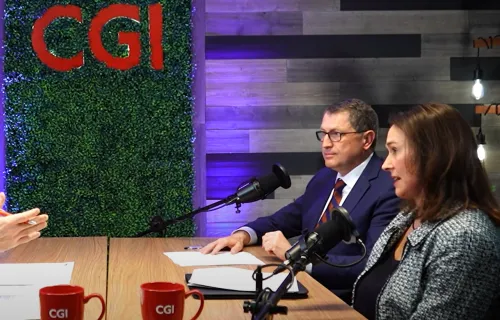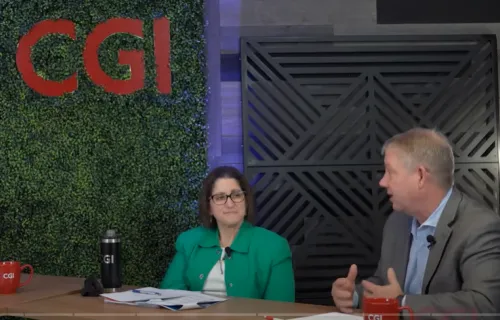Easy collaboration among agencies continues to pose challenges—cultural barriers, outmoded processes and suboptimal workflows persist across the government—and none of these challenges is new.
However, there are successes taking place as well, such as the collaboration between the departments of State and Homeland Security in immigrant visa processing.
Yes, the nation has cultural and political concerns about how to deal with illegal immigration. Legal immigration, though, is a matter the government deals with routinely. Much work is focused on making immigration processes easier for federal employees to administer; more secure, and, by extension, projecting a more efficient and user-friendly country to those who seek to work and reside here.
Complex tech and its role in the challenge
Immigration modernization presents a complicated challenge from a technical perspective. The federal government still employs paper and paper flow processes in, to some extent, all the so-called high-impact service providers named in the President’s Management Agenda. The procedures connected to immigration services similarly still involve some paper, but less and less as time passes.
Modernizing technology in the immigration process makes it easier for people moving to another country—U.S. citizens and foreign nationals alike—reducing time and complexity. However, it then falls to the agencies to find ways to integrate their services.
The immigration technology challenge, like data sharing in other contexts, can seem deceptively simple. It’s just a matter of ensuring the necessary information s available to the agencies that carry out work such as issuing visas or enforcing border laws—right?
In practice, it’s nowhere near as easy as it sounds. Take the process for issuance of an immigrant visa, which I’ll greatly simplify here:
- A foreign national will apply to U. S. Citizenship and Immigration Services, a component of the Homeland Security Department, for a visa that permits temporary presence in the U.S. A visa may ultimately lead to eligibility for a green card—the informal name for the Permanent Resident card, which lets a non-citizen permanently live and work here.
- USCIS passes these applications to the Bureau of Consular Affairs within the State Department. The Bureau deals with these applications in their originating countries and coordinates medical clearance with the Department of Health and Human Services (HHS) before the applicant is allowed to travel. (Note that the State Department issues some 100 types of visas, each with its own set of privileges and restrictions).
- Once the applicant is granted a visa and arranges travel, the Transportation Security Administration, another DHS component, comes into the picture to ensure travelers are properly credentialed and not a security threat during the travel process.
- At the point of entry, the visa holder will be met by a third DHS component, Customs and Border Protection, which again verifies the traveler’s information and credential.
- Finally, USCIS steps in again to complete the visa process and, when called for, hand over the green card.
The Justice Department, by the way, is in charge of the immigration courts, where disputes go for adjudication. So, just in this simplified example, four organizations within two cabinet-level departments are involved—five and three if the court is necessary.
Modernization challenges multiplied
Back in 2014, through a presidential memorandum, President Barack Obama said, in effect, “Modernize all of this!” At the time, the immigration apparatus required paperwork to pass among the various federal components.
Digitizing “all of this” has required technology conversions and upgrades on several fronts. More fundamentally, however, modernizing processes involving multiple agencies requires IT and program owners to think jointly and across organizational boundaries in order to deploy seamless applications.
Specifically, it requires systems integration at the network and application layers. For instance, systems for recording and comparing biometrics must become shareable across domains and agency or departmental boundaries, which demands standardization and harmonizing data formats.
Secondly, data and records sharing for applications must become robust and continuous among once-isolated data sets. Technically, systems must account for a wide range of data types. USCIS has used semantic models to ensure data interoperability and triangulation for, say, verifying identities at any point along a process.
These two steps must lead to the establishment of a single source of truth across the systems, housed in a secure, multi-user platform. In this case, USCIS is the steward or custodian of that platform.
Modernizing the immigration process takes patience and careful planning. Much of the core integration is complete, but at-scale deployment of new applications is still in the future. For immigration geeks like me, it's gratifying to see some repeatable successes.
Learn more here about CGI's work in immigration services.





